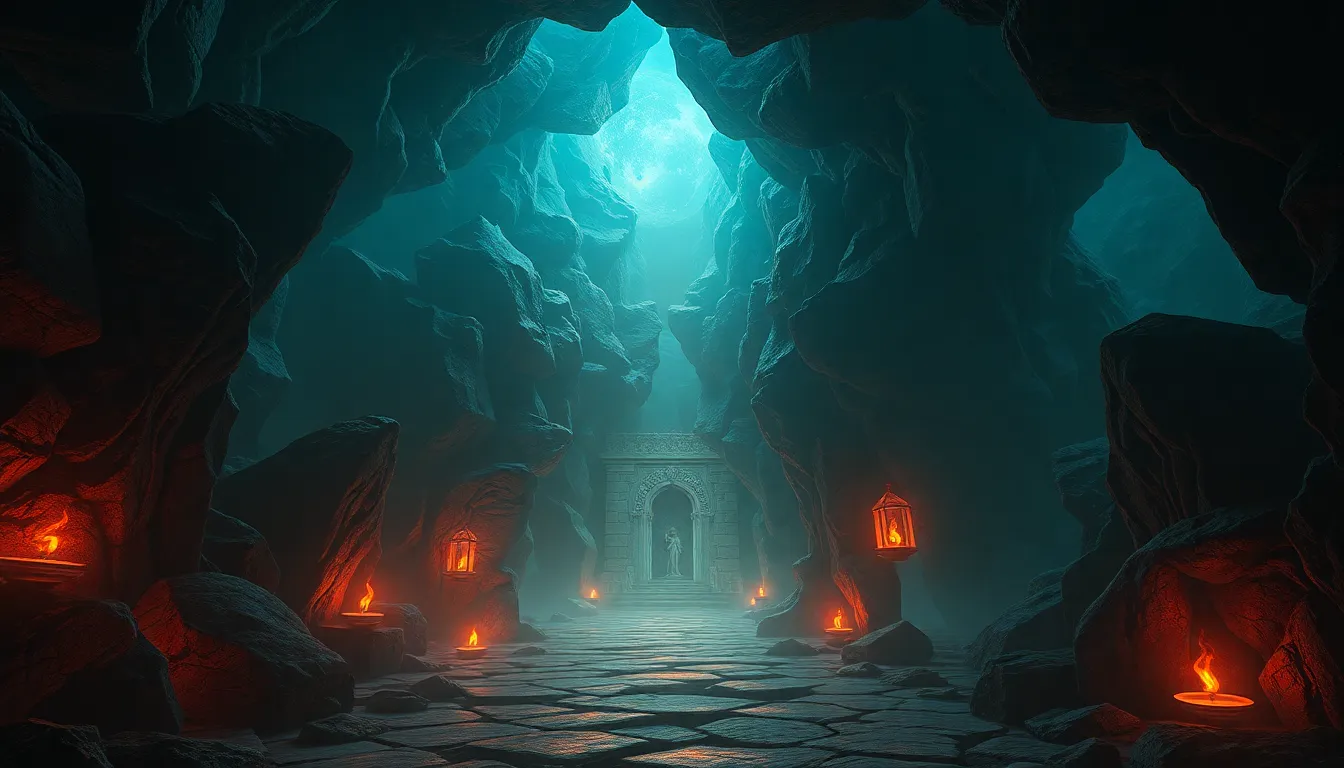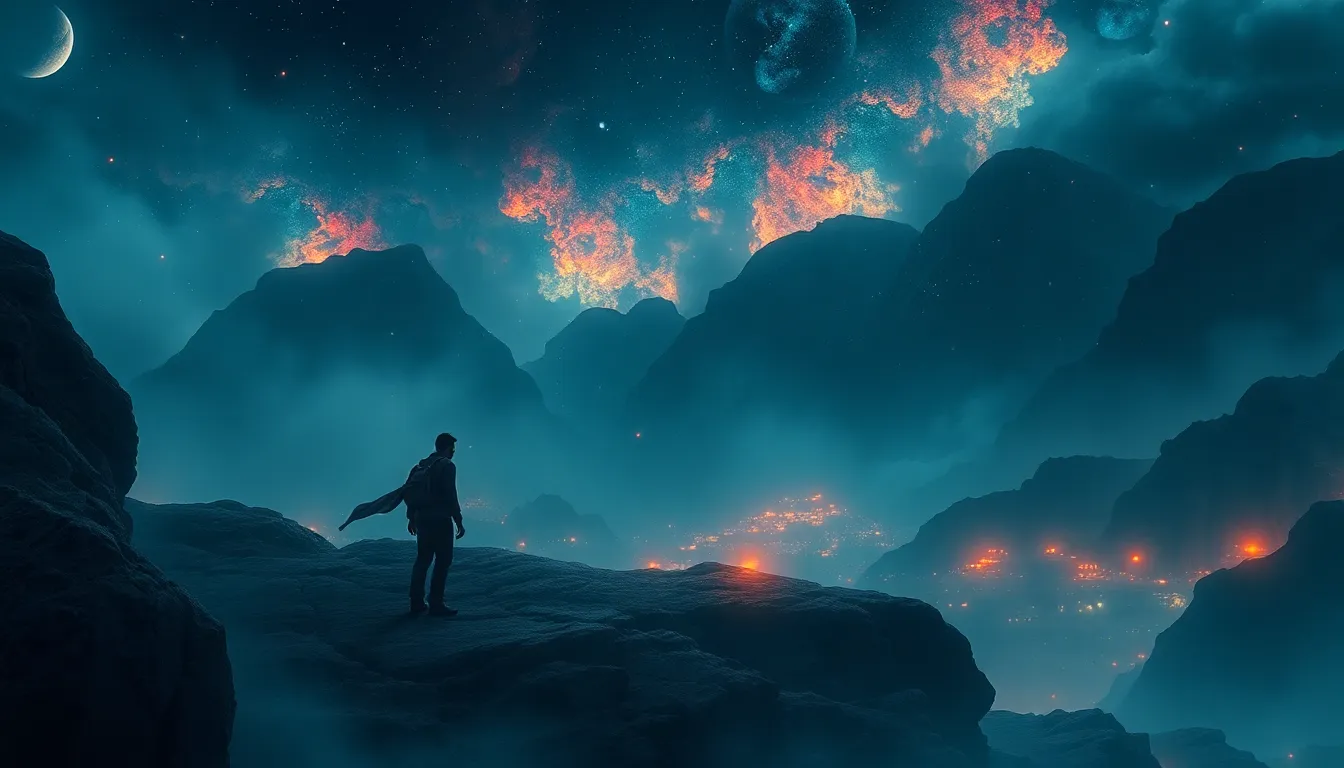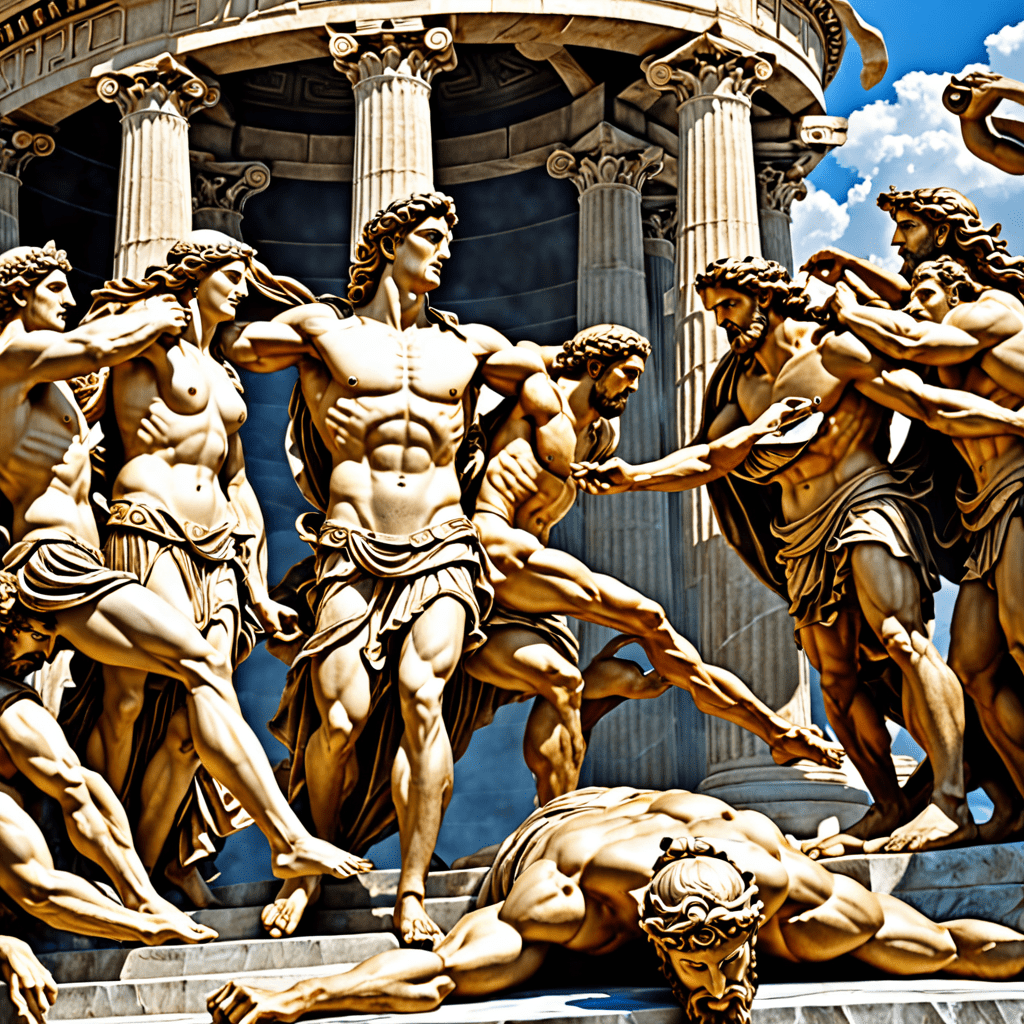The Underworld: A Mythical Realm of Secrets and Shadows
Introduction to the Underworld
The Underworld is a common motif in various mythologies around the world, often depicted as a realm where souls reside after death. It serves as a significant concept, embodying human fears, beliefs, and cultural narratives surrounding mortality and the afterlife. The Underworld is portrayed differently across cultures, but common themes include judgment, transformation, and the duality of life and death.
Historical Perspectives: The Evolution of the Underworld Concept
Throughout history, the concept of the Underworld has evolved significantly. Ancient civilizations had distinct interpretations that reflected their values and beliefs:
- Mesopotamia: The Underworld, known as Kur, was a dark, dreary place where all souls went, regardless of their lives on Earth.
- Egypt: The Duat was a complex realm where the soul underwent judgment by Osiris, determining its fate in the afterlife.
- Greece: The Greek Underworld, ruled by Hades, featured various regions that reflected the moral standings of the souls.
As societies transitioned into modernity, interpretations of the Underworld shifted from strictly religious contexts to more metaphorical understandings, influencing literature, art, and psychology.
The Underworld in Greek Mythology
In Greek mythology, the Underworld is a richly detailed realm with notable figures and structures:
- Hades: The god of the Underworld, overseeing the realm of the dead.
- Persephone: The queen of the Underworld, representing the cycle of life and death.
- Charon: The ferryman who transports souls across the River Styx.
- Cerberus: The three-headed dog guarding the gates of the Underworld.
The Greek Underworld is divided into several regions:
- Tartarus: A deep abyss for the wicked and a place of punishment.
- Elysium: A paradisiacal realm for the virtuous and heroic souls.
- The Asphodel Meadows: A place for ordinary souls, where they wander aimlessly.
Comparative Analysis: The Underworld in Different Cultures
Various cultures have their unique interpretations of the Underworld:
- Egyptian Duat: A realm of gods and judgment, where the heart of the deceased was weighed against the feather of Ma’at to determine their fate.
- Norse Hel: A cold, shadowy realm ruled by the goddess Hel, where those who did not die in battle resided.
- Hindu Naraka and Svarga: Naraka represents the realm of punishment for sins, while Svarga is a place of reward for righteous deeds.
These diverse interpretations illustrate the cultural significance of the Underworld and its role in shaping moral and ethical frameworks.
Symbolism of the Underworld: Secrets and Shadows
The Underworld often symbolizes deeper psychological struggles and truths about the human experience:
- Metaphor for psychological struggles: The Underworld can represent the subconscious mind, where hidden fears and desires reside.
- Themes of death and rebirth: Many myths emphasize the cycle of death leading to new beginnings, reflecting the natural rhythms of life.
- Transformation: The journey through the Underworld often signifies personal growth and transformation.
The Underworld in Literature and Art
The Underworld has been a rich source of inspiration in classical literature and art:
- “The Divine Comedy”: Dante Alighieri’s epic poem explores the afterlife, including a detailed depiction of Hell.
- “The Epic of Gilgamesh”: This ancient text presents themes of death and the quest for immortality, with references to the Underworld.
Artistic representations vary across cultures, often portraying the Underworld as a dark, foreboding place or a vibrant, transformative realm, reflecting societal attitudes towards death and the afterlife.
Modern Adaptations of the Underworld Myth
The Underworld continues to influence contemporary fiction and pop culture:
- Films: Movies like “Hercules” and “The Seventh Seal” explore Underworld themes, blending mythology with modern storytelling.
- Video Games: Titles such as “Hades” and “God of War” allow players to navigate Underworld realms, incorporating mythical narratives into gameplay.
These adaptations have reshaped public perception of the Underworld, often romanticizing or dramatizing its features.
Rituals and Beliefs Associated with the Underworld
Funerary practices across cultures demonstrate the significance of the Underworld:
- Ancient Egypt: Elaborate burial rituals and tomb constructions aimed to prepare the soul for the afterlife journey.
- Norse culture: Ship burials and offerings were made to honor the dead and ensure safe passage to the afterlife.
- Hindu rituals: The Antyesti ceremony, or last rites, is performed to guide the soul to its next destination.
These rituals reflect deep beliefs about life, death, and the transition to the Underworld, highlighting the cultural significance of the afterlife.
Psychological Interpretations of the Underworld
The Underworld can also be viewed through a psychological lens:
- Representation of the unconscious mind: The Underworld symbolizes the aspects of the psyche that are hidden or repressed.
- Analytical perspectives: Shadows and secrets found in the Underworld can represent unresolved conflicts or traumas that individuals must confront.
Conclusion: The Enduring Legacy of the Underworld
The Underworld remains a compelling symbol in modern society, offering insights into the human condition. Its myths and narratives teach us about the complexities of life and death, encouraging reflection on our existence and the legacies we leave behind. As we navigate our own journeys, the Underworld continues to resonate, reminding us of the universal themes of transformation, judgment, and the enduring nature of the human experience.



